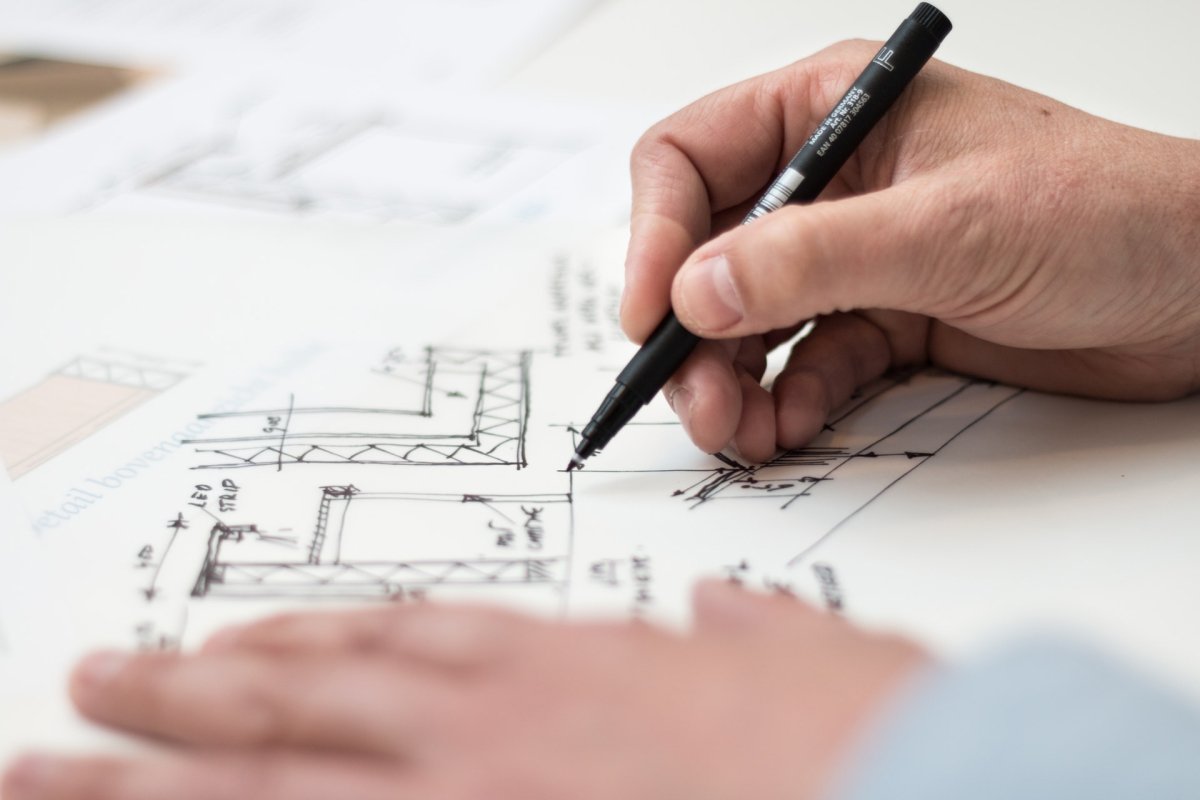With summer in the rearview mirror, many new designers are setting sail on their first jobs. After some trial and error, you are certainly getting the hang of things. But a little bit of advice from seasoned colleagues from near and far is always helpful, after all these experienced designers have learned lessons the hard way and figured out the ins and outs of the industry.
To help young designers get ahead, we caught up with experts from around the globe to get their input on the best career advice for junior designers. Here is what they told us.
Find a Design Mentor
If you’re lucky, your boss or someone in your department will emerge as a respected voice in the design community that can guide and teach you. But searching on LinkedIn or even Twitter for designers whose work you admire can work as well. As long as you’re getting guidance, advice, and training then you’ve found the right design mentor.
If you have a design mentor within your company, they can be a great resource when you’ve reached a dead end. Leslie Saul, architect and interior designer, reminds junior designers to “Never hesitate to ask for help. You are not expected to know everything. And yet, there is a balance between figuring it all out on your own and asking for help on everything.” A great mentor will be able to point you in the right direction, by teaching you first hand or suggesting some trainings or certifications that will put you on the right track. They will also push back and encourage you to learn certain skills on your own to foster your independence.
In addition, this mentor can provide you with feedback on your projects, give you advice on new technologies you should learn, and even help you get your next design job (if they’re outside of your company, of course!) A solid piece of career advice for junior designers: never underestimate the power and privilege of having an experienced designer in your corner.
Time Management Skills for the Win
No matter if you design apps, software, websites, or shoes, all junior designers must learn how to manage their time effectively. This is especially true when working with clients or coworkers that give you a project and put the ball back in your court, asking “so, when can you have this done?” Even if this job is your first out of design school, you will need to come up with an answer that is reasonable for both you and the client.
David LaVine, Founder of RocLogic Marketing, breaks down what he thinks is the most crucial career advice for junior designers: “When you’re first starting out, one of the best lessons to learn early on is how to estimate how long a particular task will take you. Why? Because your team lead or project manager will want to know so that they know how to react to the rest of the things going on at a higher level. When you first start out, you’ll usually underestimate by a lot. This can mess up the timing and budget of the overall project, causing teammates to have to rush and work late. If you want to do better, instead of trying to estimate the entire effort in one shot, break down your estimate into more detailed sections like architecture, implementation, unit testing, integration/system test, unknowns, project management, meetings, and documentation.”
Getting things right the first time around would be great, but it doesn’t always happen, so LaVine continues, “Track the reality of how long the design actually takes you. At the end, compare your estimate to reality and seek to understand why there were differences so that you can use that knowledge next go around.” As with any new skill, estimating and managing your time takes practice. And if you are ever unsure of what timeline to give a client or internal stakeholder, be sure to ask someone more senior to verify you are giving yourself ample time to do your best work.
Learn How to Create What Stakeholders Need
While designing for the sake of creating something magnificent is a wonderful thing to do, there are often design constraints imposed by stakeholders that all designers (new and experienced) need to be able to work around.
Raffi Jafari, Co-Founder & Creative Director at Caveni Digital Solutions, offers his career advice for junior designers: “The hardest skill to learn in design is to abandon what you think looks best and focus on creating a functional vision for your clients. You will need to learn that the realities of both the sales and the marketing world need to be taken into account and sometimes the most amazing designs you create can’t be used because they don’t also serve an exterior purpose. Many designers will be disheartened by the fact they won’t always be able to create something as amazing as they think; but being able to adapt to a client’s needs even if you disagree on some points will help you massively in the long run.”
Let’s break down Jafari’s point of view. First, he brings up the age old debate of form versus function: while a personal project can focus on making something beautiful, stakeholders will need an app or a product that works well. This requires a number of skills that most learn in their first design job, such as really truly listening to what the client needs and getting feedback early and often to validate that your work is meeting those needs.
Leslie Saul takes it a step further and offers this career advice: “Care more about your clients than your portfolio.” To us here at Proto.io, this career advice for junior designers means putting aside what you might want to create and instead delivering the asset that fits a client’s needs and parameters. You have nights and weekends to produce passion projects that might round out your portfolio, but when you’re thinking of what to create for a client, be sure to always put their needs first.
Get Deep into Design Tools
There’s a good chance that you got your feet wet with some key design programs while in school or even in an internship, but once you land your first full time job or client, mastery is a must.
Alex Litzow, Design Lead at Sonder Digital Marketing, explains, “Leading a design team here at Sonder, I’ve seen a lot of junior designers and interns who come in and they have a really good eye for design, but they can’t use Photoshop or Illustrator. You should be able to walk into an agency and use any program in the Adobe Suite. Plus, once you’re really familiar with these programs, switching to a different program shouldn’t be hard. My other piece of advice? Learn the shortcuts! Every. Keystroke. Counts.” Some career advice for junior designers that saves time? We’re in!
Design intuition is nice to have, but being a good designer has a tactical side to it. And in this modern age of design, knowing the tech stack of your current or potential employer will pay dividends. Employers want to know that they can give you a project and trust you to run with it—quickly! Of course, tools change here and there, which will require a bit of reeducation, but having the basics down well enough to do your projects and even teach other coworkers will make you an invaluable member of the team.
Figure Out What Inspires You
As a junior designer, you’re likely full of excitement to take on your first big projects and make a great contribution to your organization or clients. But what about the days when you’re staring at your computer, brain devoid of new ideas, although a deadline is fast approaching? We’ve practically yelled from the mountaintops about our favorite ways to find design inspiration! And we completely agree with designer and marketer Stacy Caprio’s career advice for junior designers: take it back to the basics.
She tells us, “My advice to a junior designer is if you’re stuck on inspiration, go outside to walk in nature or anywhere you can enjoy nature. I’ve found design and new thought comes more easily when you’re out in nature and its beauty is always helpful to imitate.” Unplugging can provide a number of benefits, one being increased creativity.
Keep an Open Mind
Fantasy and reality don’t always line up. Once piece of career advice for junior designers that everyone should take to heart is to keep your eyes, ears, and mind open. You may have visualized your first design job differently, but not every position you have will always be seen through rose tinted glasses. And that’s totally fine. Remember, you took this position to learn and grow, as long as you are accomplishing both of those things, then you are in the right place.
On the other side of that, be open to projects that challenge you. Just because you’ve never worked on a certain type of design before, that doesn’t mean that the learning curve will be as steep as you think. We can’t stress it enough: try, try, and try again—you never know where these new skills will lead you in your career.
Closing Thoughts
While we talked with a number of design leaders, there is much more career advice out there for junior designers that we couldn’t fit into this article. If you have a key piece of career advice for junior designers we forgot, be sure to let us know by tweeting us @Protoio.
Proto.io lets anyone build mobile app prototypes that feel real. No coding or design skills required. Bring your ideas to life quickly! Sign up for a free 15-day trial of Proto.io today and get started on your next mobile app design.









